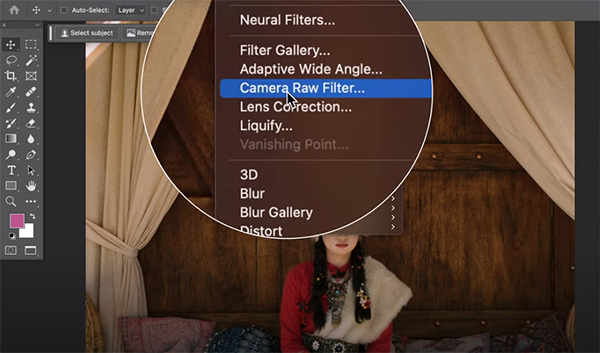Don’t Ignore These Pro-Level, In-Camera Exposure Techniques (VIDEO)
There’s nothing more frustrating that capturing a beautiful landscape scene, thinking that you totally nailed focus and exposure, only to return home, view the image on the computer, and discover that you didn’t get the light right after all. Sure, you can fix many exposure problems during post processing, but wouldn’t you rather get things right in the camera?
Landscape pro Ian Worth is a very accomplished photographer based in Wales, who says he’s “passionate” about helping others improve their skills by sharing the secrets to his success. In this episode he explains a variety exposure problems and their solutions, including the fact that your camera’s histogram, viewfinder and rear LCD may not accurately represent what’s captured by the sensor.
Worth introduces today’s lesson like this: I will discuss changing several camera settings that can help achieve more consistent exposure results when photographing challenging scenes.” His advice is very helpful because we all want predictable results that make the editing task as minimal as possible

Worth begins with an explanation of why it’s good practice to “expose to the right” in certain situations, and he quickly reveals when this technique is particularly useful and how it’s done. As he says, “I like to make sure I’m preserving highlight detail and not losing any information,” and why he takes a cautious approach when exposing images with this method.
Worth explains the aforementioned discrepancy between the Raw file captured by the camera’s sensor, as compared to what’s displayed on its viewfinder, histogram and LCD. As you’ll see, this disparity can easily result in under- or overexposed images in certain situations—especially when shooting with a mirrorless cameras. As you may expect, there’s a viable workaround.
The forgoing considerations are just a taste of the topics and techniques that Worth covers in the video. By the time you’re done watching and take his suggestions to heart you’ll be far more confident and proficient when it comes to accurately nailing exposure in the camera.

Ian’s instructional YouTube channel is well worth investigating because it offers many more important shooting and editing tips like those in the today’s video—especially if landscape photography is your thing.
In this regard, don’t miss the tutorial we posted from another top pro who demonstrates how to create more dramatic landscape photographs by perfecting highlights and shadows to give images more depth and dimension.






















